Hospital in Bataan, Philippines Gets Flood-protection Grant from Germany
Flood Control Asia RS Corp., together with the German Government and Local Government Unit of Bataan, finally launched the Flood Protection project for the Jose C. Payumo Jr. Memorial District Hospital in Dinalupihan, Bataan, Philippines.
The grand launching held on January 22, 2021, was attended by the executives of Flood Control Asia RS Corp., President and CEO, Dr. Andreas Klippe and Exec Vice President, Ma. Fatima Usi. Also with them was German Ambassador, Her Excellency Anke Reiffenstuel. The event was held at the Bunker Building, Provincial Capitol Compound in Balanga City, Bataan, Philippines.
The launching of the project was also attended by the Province of Bataan Governor Albert S. Garcia, Dinalupihan Mayor Ma. Angela S. Garcia and Dr. Merlina Layug of the JCPMDH. One highlight of the event was the signing of the Memorandum of Understanding for the project. A press conference followed the grand launching.
“This is a welcome development for the Municipality of Dinalupihan, and the Dinalupihan District Hospital. So, I am happy to welcome and I hope we learn more about this technology. Not only in Dinalupihan, but also in other parts of the province of Bataan and other provinces in the country [which] are frequented by floods, especially during the monsoon season.”Bataan Governor Albert S. Garcia on the launching of the Flood Protection project.
The grant was given by the Federal Republic of Germany and Flood Control Asia RS Corporation. The project aimed to protect two COVID-19 referral hospitals against flooding and the damages it can bring.
“When I first heard about the approach of Flood Control Asia RS Corp., that hospitals in the PH are used to many challenges, and CoVid is just the latest one that comes on top of everything else… a Flood Protection would provide protection in the sights of these relevant critical infrastructures.”Her Excellency, Anke Reiffenstuel on the idea of Flood Protection of hospitals in the Philippines.
After the press conference, the RS Flood Experts of Flood Control Asia RS Corp. will push through with the engineering assessments that will make JPCMHD a few steps away from being flood-proof, in time for the rainy season in the Philippines.
“Let’s protect the two CoVid-19 hospitals against flooding, and let’s do it now.”
Dr. Andreas Klippe as he finished his presentation for the Flood Protection project for the Jose C. Payumo Memorial District Hospital.




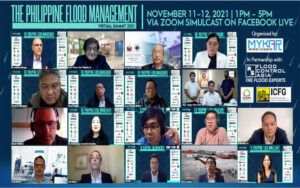


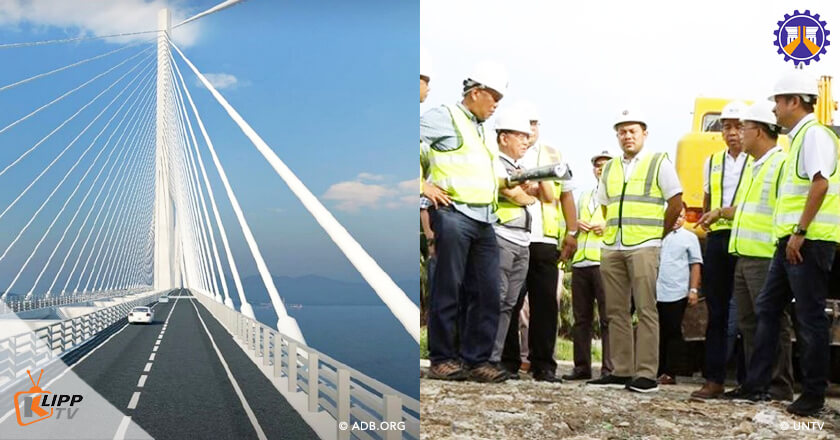


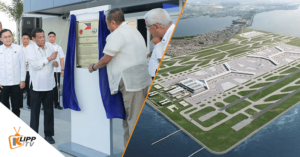



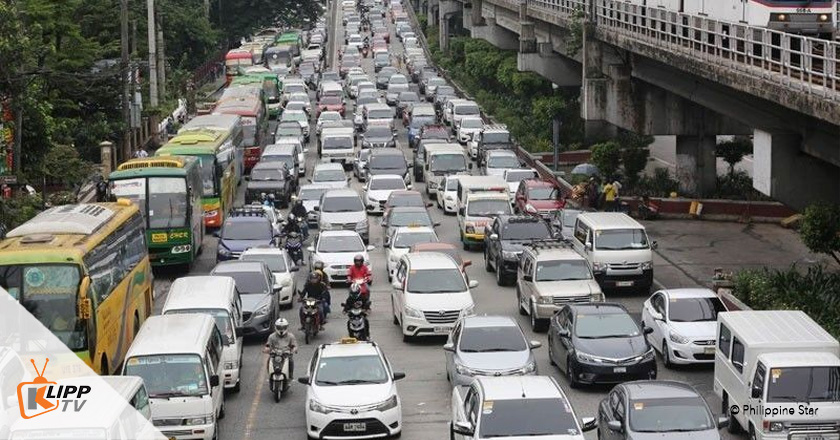

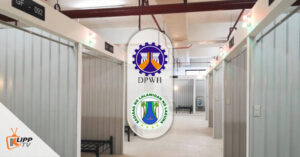

 Roti canai
Roti canai Roti Pisang
Roti Pisang Apam Balik
Apam Balik Loh Bak
Loh Bak Keropok Lekor
Keropok Lekor Lor Mee
Lor Mee Pan Mee
Pan Mee
 Mee Goreng Mamak
Mee Goreng Mamak Char Kway Teow
Char Kway Teow